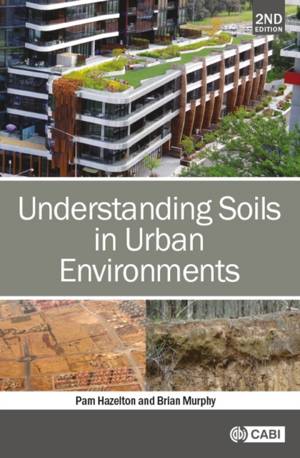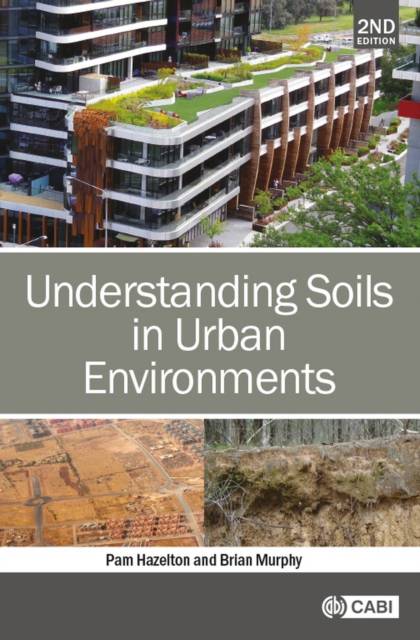
Je cadeautjes zeker op tijd in huis hebben voor de feestdagen? Kom langs in onze winkels en vind het perfecte geschenk!
- Afhalen na 1 uur in een winkel met voorraad
- Gratis thuislevering in België vanaf € 30
- Ruim aanbod met 7 miljoen producten
Je cadeautjes zeker op tijd in huis hebben voor de feestdagen? Kom langs in onze winkels en vind het perfecte geschenk!
- Afhalen na 1 uur in een winkel met voorraad
- Gratis thuislevering in België vanaf € 30
- Ruim aanbod met 7 miljoen producten
Zoeken
€ 218,95
+ 437 punten
Uitvoering
Omschrijving
Understanding Soils in Urban Environments is a concise book explaining how urban soils develop, change and erode. Soils provide the foundation for buildings and infrastructure, and the medium for plant growth in fields, parks and gardens. They can act as a sink for waste, and can be contaminated in urban areas by heavy metals, organic chemicals and other contaminants. Soil properties such as water retention, salinity and acidity can cause environmental and structural problems for buildings and other engineering works. This text recognises and draws attention to the particular nature of soils in urban environments and discusses their distinctive management needs. Since the first edition was published in 2011, it has been used across a wide range of disciplines, many of which require an understanding of urban soil and specific soil properties that cause environmental concern. Urban soils are now recognised as much more important now than they were ten years ago, when they were seen as a poor relation to agriculture. The need for better understanding of all aspects of this topic has become evident especially at conferences in the last 5 years in Australia and internationally, where urban soils are now included as specific sections, not just as subsets such as contamination. This new edition updates and expands on the original text, including a specific chapter on the use of manufactured soil for rehabilitation and recreation, and additional case studies in other chapters, particularly contamination. The text is updated throughout to address the increasing importance of soil health for seed banks and parklands, and its implications for planning developments, the legal determination of bioregions, and addressing environmental issues that can arise from mismanagement of urban soils.
Specificaties
Betrokkenen
- Auteur(s):
- Uitgeverij:
Inhoud
- Aantal bladzijden:
- 192
- Taal:
- Engels
Eigenschappen
- Productcode (EAN):
- 9781789249934
- Verschijningsdatum:
- 5/11/2021
- Uitvoering:
- Hardcover
- Formaat:
- Genaaid
- Afmetingen:
- 170 mm x 246 mm
- Gewicht:
- 793 g

Alleen bij Standaard Boekhandel
+ 437 punten op je klantenkaart van Standaard Boekhandel
Beoordelingen
We publiceren alleen reviews die voldoen aan de voorwaarden voor reviews. Bekijk onze voorwaarden voor reviews.









